Experts from the Institute of Pomology conducted multi-nutrient fertilization-based analysis of fruit quality and mineral element compositioningrapevines
Recently, the research group of Haibo Wang, berry fruit cultivation and physiological innovation team at the Institute of Pomology of Chinese Academy of Agricultural Sciences (IP, CAAS), conducted multi-nutrient fertilization-based analysis of fruit quality and mineral element composition during fruit development in Merlot wine grapevines. The results were published in Journal of Integrative Agriculture.
Mineral elements play a crucial role in plant growth and development. Ensuring the proper supply of these elements in the soil to maintain the optimum range within plants is necessary for achieving optimal fruit yield and quality. Unfortunately, the application of NPKCaMg fertilizers to fruit trees is often either insufficient or excessive, leading to environmental degradation and reduced fruit yield and quality.
To assess the impacts of different fertilizers on the biological traits of grapes and their responses to nutritional elements, Merlot grapevines were subjected to multi-nutrient fertilization over four consecutive growing seasons from 2018 to 2021 in Penglai District, Yantai, China. The result revealed that N3P3K1Ca2Mg4was the most suitable fertilizer type and application design among the treatments. Flowering and fruiting processes exhibited a considerable demand for NPK, with higher requirements for K and B during fruit growth and development compared to the other macroelements and micronutrients, respectively. Excessive K in soil enhanced the competitive inhibition of Ca uptake by Merlot grapevines. The optimal ranges of mineral element contents for total peel phenols (PP), peel flavanols (PFI), total peel flavonoids (PFD), total seed phenols (SP), and seed tannins (ST) were primarily influenced by grape variety and nutritional analysis method. In conclusion, the careful selection of NPKCaMg fertilizer and its precise application to soil at an optimum range of mineral elements is critical for grapevine growth and development.
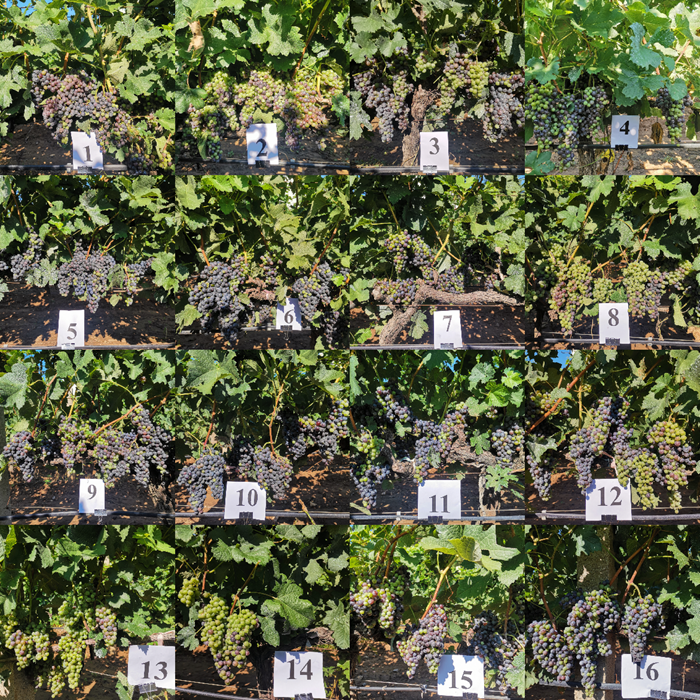
Professor Haibo Wang of Institute of Pomology is the corresponding author of the paper. This study was funded by the earmarked fund for China Agriculture Research System (NYCYTX-30-ZP) and the Agricultural Science and Technology Innovation Program of Chinese Academy of Agricultural Sciences (CAAS-ASTIP-2021-RIP-04). Original title: Multi-nutrient fertilization-based analysis of fruit quality and mineral element composition during fruit development in Merlot wine grapevines.
Link: https://www.sciencedirect.com/science/article/pii/S2095311924001898
By: Xiaolong Wang
(wangxiaolong01@caas.cn)
-
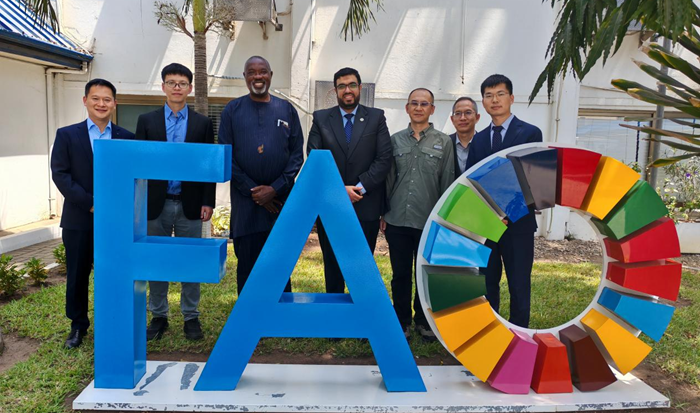 Mar 21, 2025Experts from IPPCAAS Implement FAO-China South-South Cooperation Project to Advance Sustainable Fall Armyworm Management in Ghana
Mar 21, 2025Experts from IPPCAAS Implement FAO-China South-South Cooperation Project to Advance Sustainable Fall Armyworm Management in Ghana -
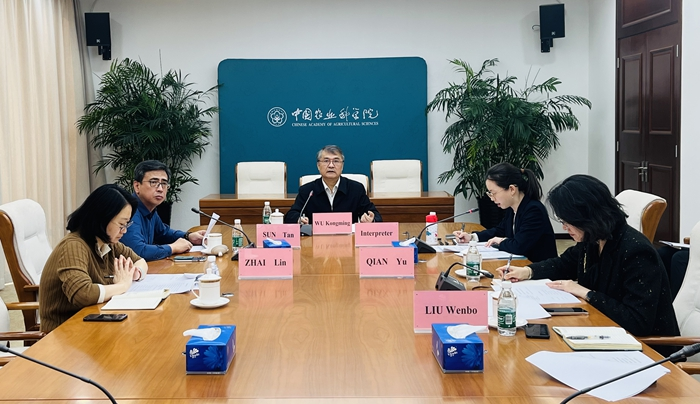 Mar 13, 2025CAAS and CGIAR Deepen Strategic Cooperation
Mar 13, 2025CAAS and CGIAR Deepen Strategic Cooperation -
 Mar 11, 2025Call for Logo Design Proposals for the China-Africa Agricultural Science and Technology Innovation Alliance (CAASTIA)
Mar 11, 2025Call for Logo Design Proposals for the China-Africa Agricultural Science and Technology Innovation Alliance (CAASTIA) -
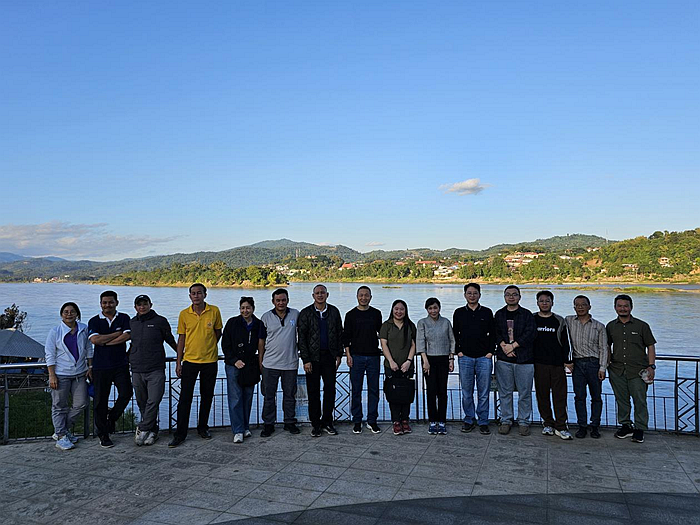 Jan 21, 2025IAED-CAAS Delegation Visits Thailand for Scientific Cooperation
Jan 21, 2025IAED-CAAS Delegation Visits Thailand for Scientific Cooperation -
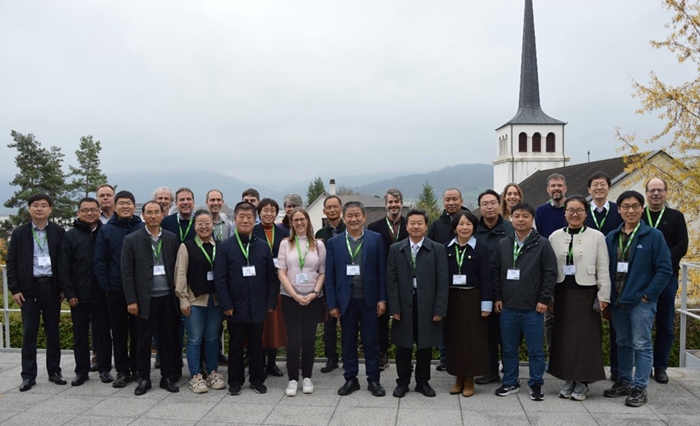 Dec 05, 2024China-CABI Project Development Workshop Held in Delémont, Switzerland
Dec 05, 2024China-CABI Project Development Workshop Held in Delémont, Switzerland
